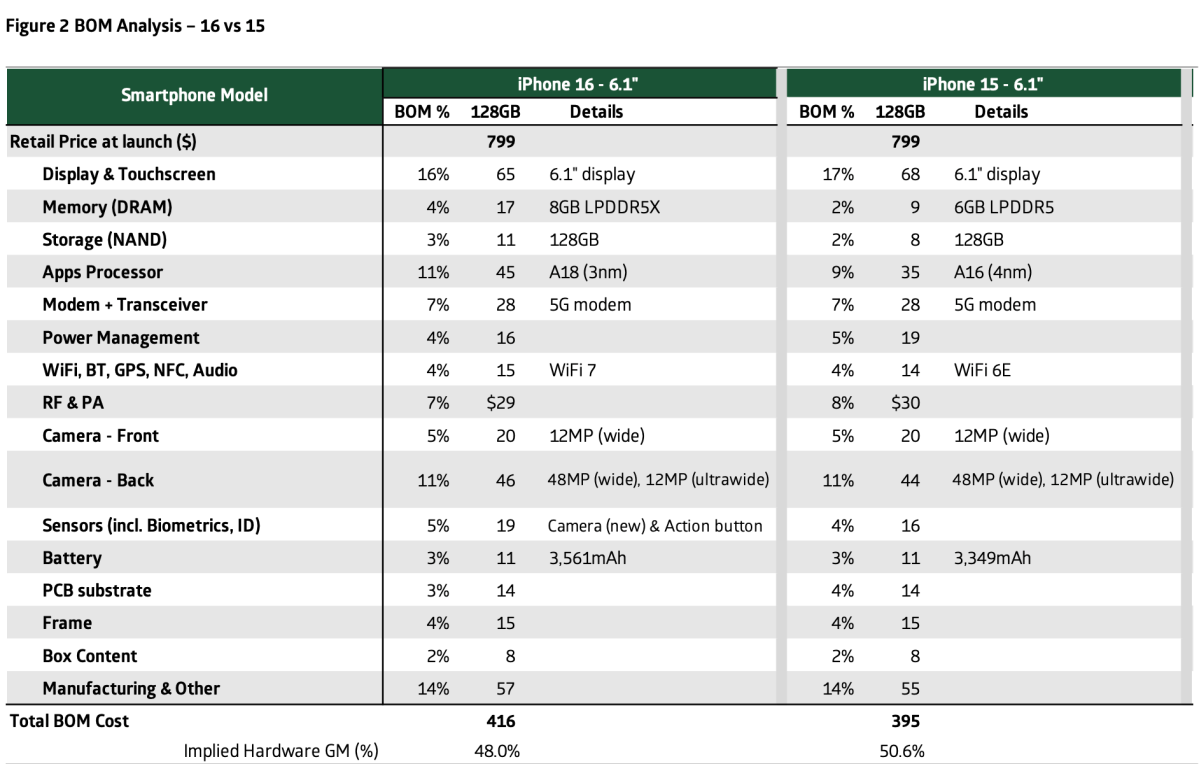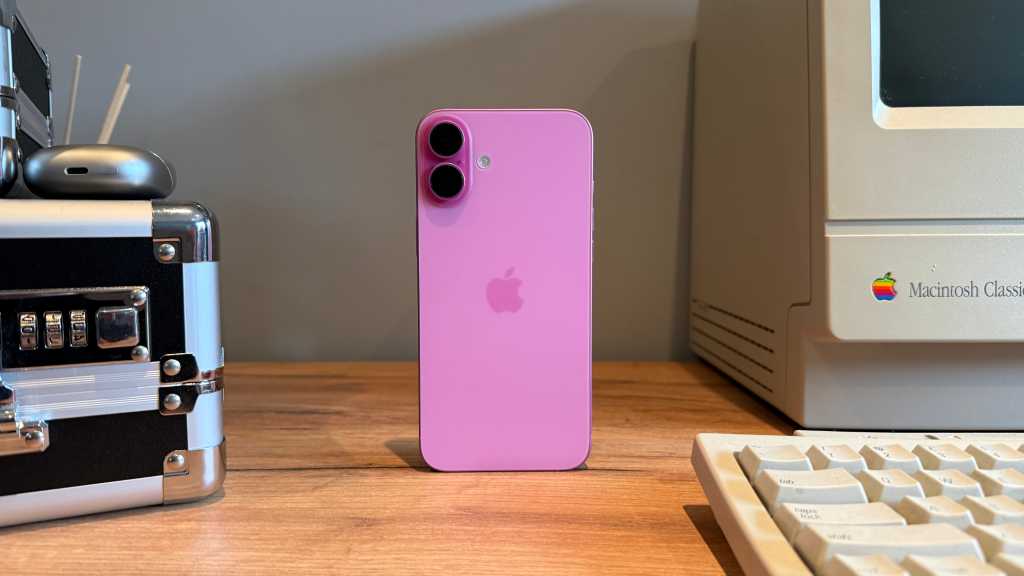US investment bank TD Cowen has released a report (via AppleInsider) that analyzes the individual parts of the iPhone 16 device and the cost of each. This Bill of Materials (BOM) reveals the pure manufacturing cost of the device. (Obviously there are other costs, from research and development to marketing to shipping, but these are manufacturing costs.)
Keep reading to learn. Armed with this knowledge, you can surprise your Android-using friends and maybe even convince them to switch to iPhone. Well, probably not. But at least we put the facts on the table.
iPhone 16 costs more than iPhone 15, but not by much
Japanese daily newspaper Nikkei Shimbun quoted [translation] When we discussed the manufacturing costs of the iPhone 15 last year, we were surprised at the time that the significant increase in production costs did not cause an increase in the selling price. The paper predicted that Apple would have to raise prices when it launched the iPhone 16…but fortunately, the authors’ prediction was wrong. As we now know, Apple will stick to the same price for another year.
This is despite production costs rising again, albeit slightly. For example, from $395 for the standard iPhone 15 to $416 for the iPhone 16, an increase of $21 or 5 percent.
The largest expense in the BOM is shown at $65. However, the biggest relative increase in cost was in RAM, which increased from 6GB to 8GB to support Apple Intelligence. This means the price has increased by 89% from $9 to $17. On the other hand, moving from an A16 chip to an A18 chip costs an additional $10, while the new controls (camera controls and action buttons) cost just $3 in total. And some components have actually come down in price, including the display, which cost $3 more on the previous generation.
The cost trends for the standard model this year and last year are as follows:

Material costs for iPhone 16 and iPhone 15.
TD Cowen
What about iPhone 16 Pro Max?
The iPhone 16 Pro Max also costs more to manufacture than its predecessor, but again the increase is manageable. Number one on the cost list is split between the rear camera and display, at $80 each, but RAM still has the biggest relative increase. Even though the amount of RAM hasn’t increased, the price has increased 41% from $12 to $17. The 15 Pro Max also came with 8GB. Rather, this year’s price increase is due to technology. LPDDR5 was used in the 15 Pro Max, but the faster LPDDR5X is coming to the 16 Pro Max.
Overall, the iPhone 16 Pro Max costs $32 more to manufacture than the iPhone 15 Pro Max, and TD Cowen believes 40% of this is due to inflation and 60% to new components.
How reliable are these numbers?
Before you rush to boast about Apple’s generosity in keeping prices level despite rising costs, a word of warning. Not everyone agrees with this number. In fact, TD Cowen’s estimates are very different from those of Nikkei and Fomalhaut Techno Solutions.
For example, Nikkei and Fomalhaut price the iPhone 15 Pro Max display at $115, while TD Cowen prices it at $75. The difference for this chip is even bigger: TD Cowen estimates it at $40, while the Nikkei average puts it at a whopping $130. Overall, Nikkei’s forecast for the iPhone 15 Pro Max is 23 percent higher than TD Cowen’s forecast.
This difference is probably due to the different backgrounds of the two companies. TD Cowen is an investment bank, while Fomalhaut Techno Solutions specializes in disassembling electronic equipment and tracing individual components back to their manufacturers to estimate prices.
This article was originally published in our sister publication Macwelt and was translated and localized from German.


